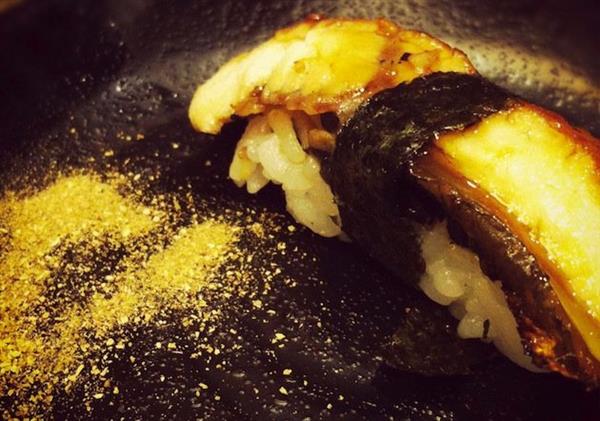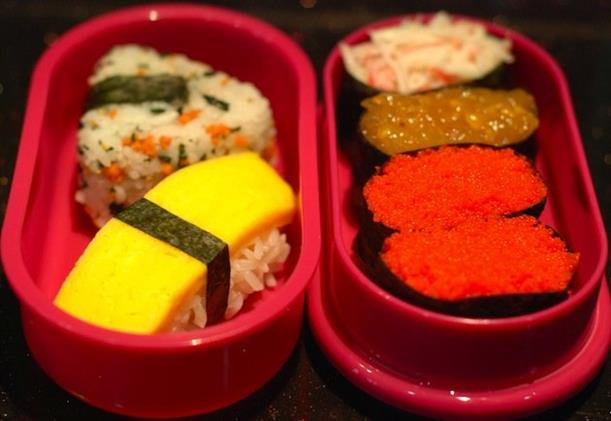
Sushi, a Chinese Creation?
By Elaine Ng - Wednesday, Apr 24, 2013
Most would have thought that the Japanese revered dish of sushi originated from the country. But did you know, this small bite actually had its roots in Southeast Asia, likely along China’s side of the Mekong River, where it was first invented to preserve fish?
In fact, its namesake originally meant fermented fish though it has since evolved to be better known as a dish of vinegar-spiked rice served with various toppings including raw fish.
Rice, together with salt, is packed all around filleted fish then laid over a heavy stone and left over the span of months to a year to preserve the prized seafood, according to The Story of Sushi by Trevor Corson.
When it comes to mealtime though, the rice is tossed out. This oldest form of sushi is named the narezushi, and may still be found in some parts of Japan in the form of funa-zushi (with crucian carp of Lake Biwa).

Later, in the 15th Century of the Muromachi Period, it was found that rolling fish in vinegar-soaked rice quickens the fermentation process from months to a just a few days. What’s more, the sourness of the rice is reduced to just a slight tangy flavour with this new method.
Vinegar-spiked rice together with fish and other seafood are hand-pressed into rectangular wooden moulds, and the oshizuchi is created. To this day, this form of sushi remains the most popular, and even kids could prepare them. Also, more than one topping may be included – rendering a colourful masterpiece, which could be doubled as a sushi cake, whether in a bento or for a celebration.

And finally, thenigirizushi, the Edo-style sushi of Tokyo, is what would come to one’s mind when sushi is mentioned. Interestingly though, this is a rather new creation of the 1800s.
The story goes that the soon-to-be famous chef Hanaya Yohei was hosting a dinner party when he realised he did not set out enough fish for the large group of guests. A creative chef by that era’s standard, he took a chance and served slices of the untreated but fresh fish, which he felt retained its flavour whilst frozen, on hand-pressed balls of rice.
The nigirizushi, which translates to “hand-gripped” and is also known as edomae-zushi, denotes a move away from fermented fish and the birth of slices of fresh fish on a bed of sushi rice (rice with vinegar).
This particular style was quickly popularised in Edo (then Tokyo) for being fast and easy to prepare, especially with Edo-mae (Tokyo Bay) nearby where there are plentiful shellfish and fish.
Needless to say, chef Yohei who was then just a street-side fast food vendor quickly became rich and earned himself a place in history as the inventor of nigirizushi. Soon, chefs and even street vendors were peddling this “fast food” all over Tokyo, especially by the coastal regions.
Sad but true, the Great Kanto Earthquake in 1923 had a hand in spreading nigirizushi all over Japan. Many of the skilled chefs who survived moved to various parts of the country and took their specialty dish of the nigirizushi with them.
In the 1970s, as Japanese businesses took off on a global scale, so did this comfort dish..sushi. There are by now several popularnon-Japanese variants, which you and I now enjoy, such as the California roll (an inside-out sushi with cucumber, crabmeat or crabstick, avocado or mango), soft shell crab and the Spam Musubi (spam sushi tied together with seaweed).
What lies ahead by way of interpretation, is up to the imagination. By now, it is an international dish, not Japanese nor Chinese.


